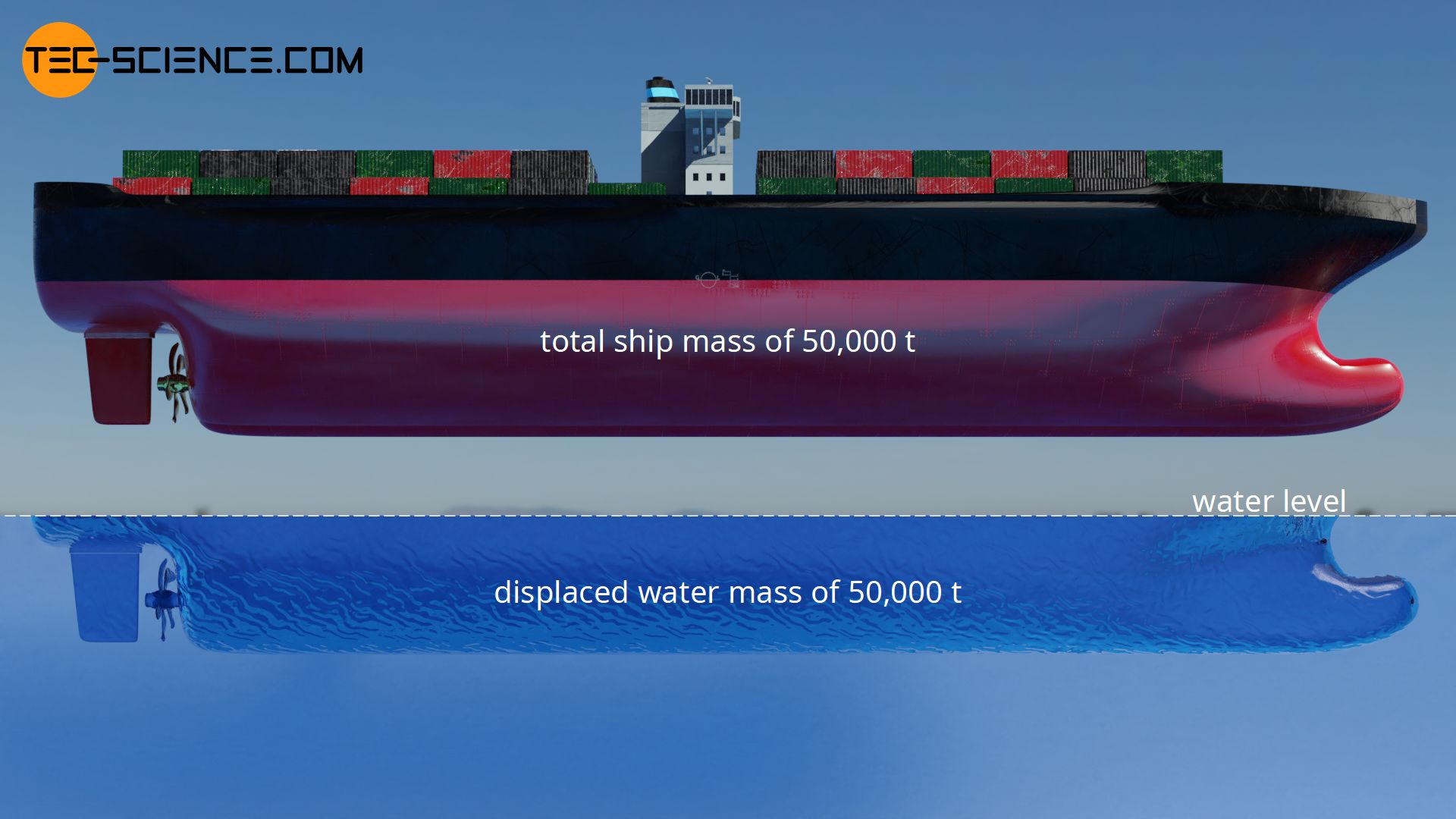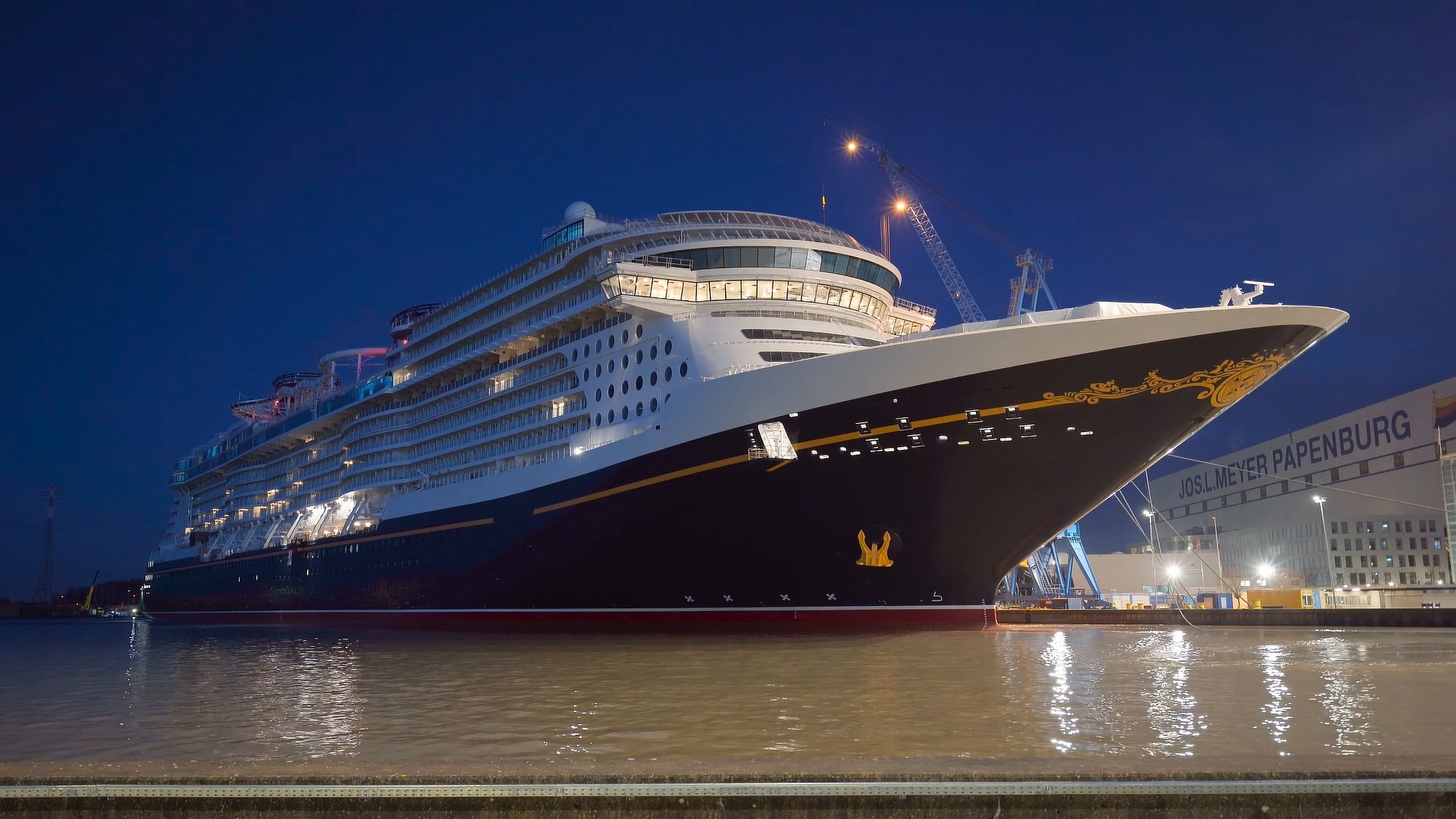Table Of Content

Judith has embraced the elegance of luxury liners, relished the intimacy of boutique ships, and marveled at the innovation found on the newest megaships. This varied experience makes her a well-rounded and knowledgeable commentator on everything cruise-related. Judith Eve, loves to write riveting articles on crusingtonpost.com. She hails from the sun-kissed regions of South Florida, residing within a stone’s throw of the bustling Fort Lauderdale and Miami cruise ports. As a native Floridian, Judith’s love for the ocean and cruising extends as far back as her memory can recall.
How do cruise ships stabilize in rough seas?
To address this issue, cruise lines contain several features limiting the roll of the ship. This creates an effect where the center of gravity is placed downward. The center of gravity for a cruise ship is toward the bottom half of the vessel. Overall, the Wonder of the Seas is an impressive feat of engineering and design. Its advanced technology and safety features help to ensure that it stays afloat, while its luxurious amenities and entertainment options make it a popular choice for vacationers. Royal Caribbean's Wonder of the Seas is the largest cruise ship in the world by gross tonnage and length, as of this writing.
Maintaining Centerline
Cruise ships are equipped with advanced waste management systems that allow them to recycle a significant portion of their waste. This includes systems for treating and purifying wastewater, as well as for recycling materials such as paper, plastic, and glass. One other thing you might notice about a ship like Symphony of the Seas is her wide hull. But you don’t have to own a lab coat to understand how a ship the size of an apartment building doesn’t sink to the bottom of the sea.
How Do Cruise Ships Float?
Have you ever wondered how cruise ships can float so effortlessly on the water despite their huge size and stature? Have you ever admired the massive size of a ship and wondered, “how do cruise ships float? ” The answer to this question boils down to both design and physics. The engineering of cruise ships also plays a crucial role in their ability to float. Overall, the operation of a cruise ship is a complex process that requires careful coordination between the ship's crew and the various systems on board.
Displacement

Whether you have been on a cruise ship, or simply seen a photo of one, you might have wondered how such a big ship can float in the water. Symphony of the Seas has water slides, an ice skating rink, and an entire park. She can accommodate up to 6,680 guests and weighs 228,081 gross tons (GT). The bottoms of cruise ships are not flat near the bow nor at the raised area at the stern where the propellors are.
How Cruise Ships Float, More from Engineers - Virgin Voyages
How Cruise Ships Float, More from Engineers.
Posted: Wed, 22 Mar 2023 07:00:00 GMT [source]
How do cruise ships float?
Smaller cruise ships typically have a draft of less than 7m (22ft 9in) and so they can enter smaller ports. This is why, when you cruise on a smaller ship, with a cruise line like Azamara or Silversea, you’ll get to visit the smaller, less-touristy ports of call. Archimedes’ principle states that a body immersed in a fluid is subjected to an upwards force equal to the weight of the displaced fluid.
Many modern cruise ships have double hulls, which provide an additional layer of protection against accidents and collisions. In the event of a breach in the outer hull, the inner hull can help prevent water from flooding the ship and causing it to sink. The use of double hulls has become increasingly common in recent years, as cruise lines seek to enhance the safety of their vessels. It’s no surprise that many people are left in awe of these feats of engineering. Whether you’re curious about how these massive ships stay afloat or any other aspect of their operations, our guide is here to help you out.
Ballast tanks can be filled or emptied with water to adjust the ship’s weight distribution, while stabilizers are used to counteract the effects of waves and wind. Cruise ships are designed to float, but they also need to move through the water. The motion of a cruise ship can be affected by a number of factors, including the ocean itself, the open ocean, and ocean waves.
How Do Cruise Ships Not Sink?
So if the cruise ship can have less of a density than the ocean, that it floats on the surface. Archimedes came up with a unique idea to measure the volume of his body accurately against a body of water. From this experiment, he realised that if he could measure the amount of displaced water, he would be able to measure the volume of his body.
It can be closed to prevent water from rushing in if the hull is damaged. Limiting the inflow of water prevents cruise ships from sinking and flooding. Archimedes’ Principle teaches that when an item floats, the weight of the displaced water equals the weight of the object.
Water tanks are located in the lower part of the ship, and their weight is managed to ensure that the ship remains balanced. The deck layout of a cruise ship is carefully designed to maximize space and provide passengers with a range of amenities and activities. Most ships have multiple decks, with public areas located on the lower levels and cabins and suites on the upper levels. The deck layout typically includes restaurants, bars, lounges, pools, and other recreational facilities. The hull is designed to be wider at the bottom, which helps to distribute the weight of the ship more evenly and increase its stability.
Surrounding fluid will push back with a force that is equal to the displaced amount. Despite all the precautions and safety measures, emergencies can still occur on a cruise ship. The ship's crew is trained to respond quickly and efficiently to any emergency situation. The emergency plan includes procedures for evacuating the ship, handling fires, and dealing with medical emergencies.
By focusing on the hull design, deck structure, and weight distribution, engineers and designers can create a vessel that is both safe and enjoyable for passengers and crew members alike. The hull of a cruise ship is designed to be streamlined and efficient, allowing the ship to move through the water with minimal resistance. The most common hull shape for cruise ships is the u-shaped hull, which provides stability and buoyancy. The hull is typically made of steel, which is strong and durable enough to withstand the rigors of the open sea.

No comments:
Post a Comment